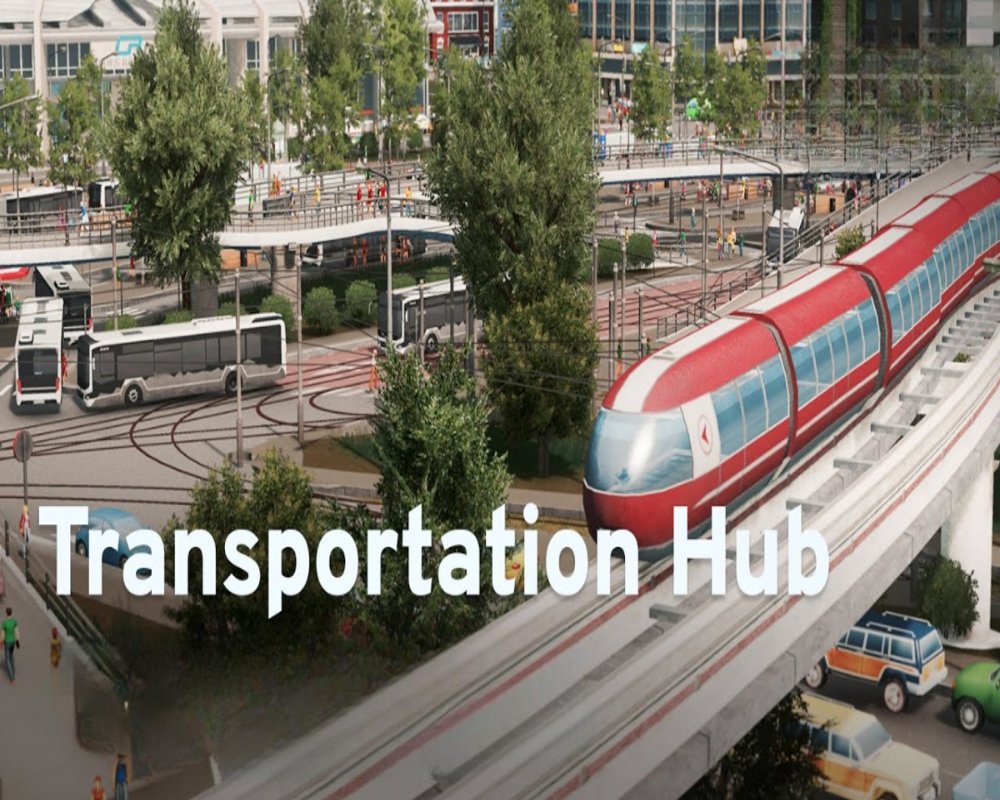Neighborhood development plays a critical role in pricing commercial land, influencing both its current market value and its future appreciation potential. As a neighborhood grows and evolves—through infrastructure upgrades, demographic shifts, and the addition of amenities—the demand for nearby land increases, which in turn drives up pricing. Here's a detailed breakdown of the key ways...
Commercial Sales
Access to foot traffic significantly impacts the value of commercial land, particularly for properties intended for retail, food services, entertainment, hospitality, and transit-oriented development. High pedestrian activity translates into more visibility, customer engagement, and potential revenue, which in turn increases rental rates, resale value, and investment appeal. Here’s a detailed...
Infrastructure features that attract investors to commercial land are those that enhance accessibility, reduce development costs, improve operational efficiency, and increase the speed to market. Strong infrastructure makes land more desirable, supports long-term value appreciation, and lowers risk—especially in competitive or emerging markets. Here’s a comprehensive breakdown of the infrastructure...
Commercial land targeted at retail buyers should be marketed through a strategic mix of digital platforms, local networks, brokerage channels, and direct outreach to reach active developers, franchise operators, and investor groups. The goal is to place the property where retail decision-makers are actively searching for sites, while also highlighting location advantages, traffic data, and zoning...
In central areas—often referred to as Central Business Districts (CBDs) or urban cores—a wide variety of commercial uses are typically allowed, reflecting the area’s role as the economic and social hub of a city. Zoning regulations in these areas are usually designed to encourage high-density, mixed-use development that supports economic activity, walkability, and transit access. Here’s a...
Proximity to transport hubs significantly affects land sales, particularly in commercial and industrial real estate. Being near airports, rail terminals, ports, or highway interchanges increases a property’s attractiveness by enhancing connectivity, accessibility, and logistics efficiency, which in turn can drive up demand, value, and sale velocity. Here’s a detailed breakdown of how transport hub...
Visibility is crucial for commercial land because it directly impacts a property's ability to attract attention, draw customers, and support the success of the businesses that operate there. Whether it's a retail shop, restaurant, service center, or office building, a highly visible location increases brand exposure, walk-in traffic, and perceived value—all of which contribute to higher revenue...
A location is considered commercially viable when it offers the right combination of physical, economic, legal, and demographic factors that make it attractive for businesses to operate profitably and sustainably. Commercial viability ensures that a location supports strong customer access, consistent revenue, low risk, and high potential for growth or return on investment. Here’s a detailed...
Commercial land is most in demand in areas that offer a combination of strong economic activity, infrastructure, population density, business growth potential, and favorable zoning regulations. Demand can vary by region and by commercial use type (e.g., retail, office, industrial), but several key patterns emerge based on market trends, urban development, and investment behavior. Here’s a breakdown...
FSI (Floor Space Index)—also known as FAR (Floor Area Ratio)—is calculated in commercial zoning to determine the maximum allowable built-up area on a parcel of land. It defines how much floor space can be developed relative to the size of the plot, and is a key factor in zoning compliance, density planning, and investment feasibility. Formula to Calculate FSI FSI = Total Built-Up Area / Plot...










